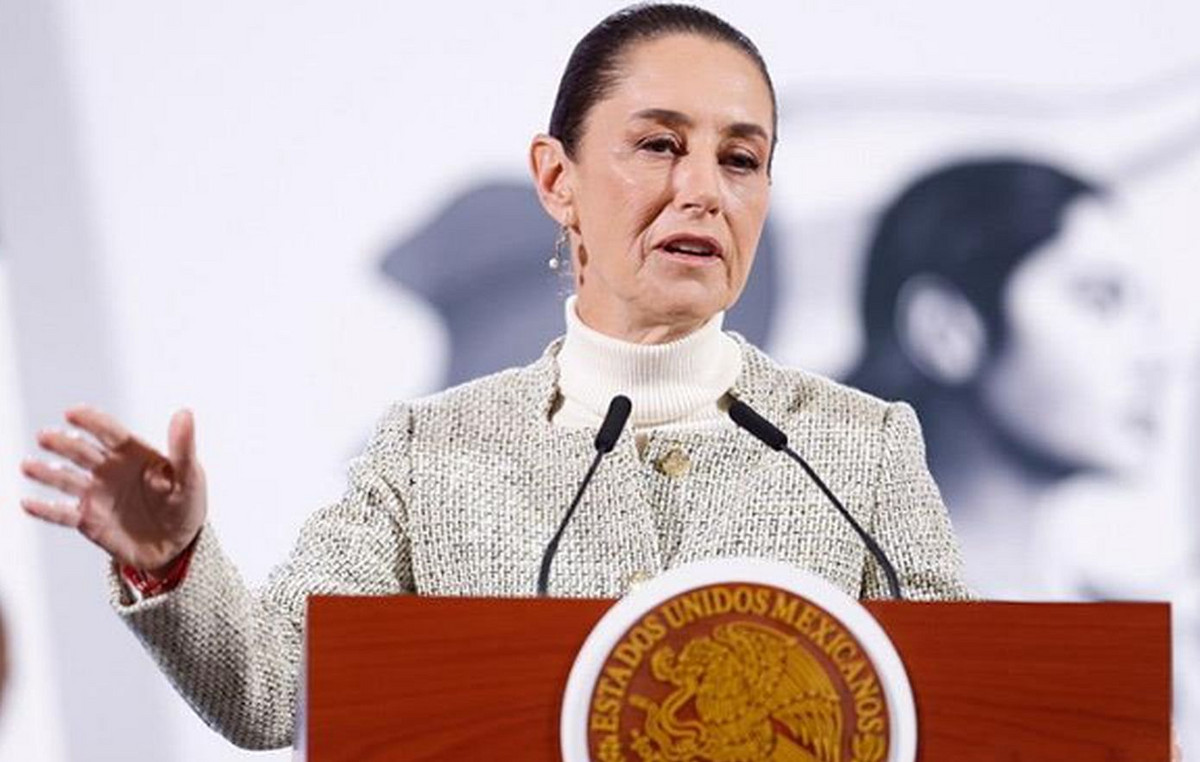Seven months after the start of the pandemic that led the government to hibernate the economy and trust that the return to activity in summer would compensate for the stoppage, most small and medium-sized companies believe that their survival is at risk .
If the impact of the first wave -the greatest collapse of the GDP in peacetime- has been able to be absorbed with the income protection schemes, the outbreaks and the current second wave of contagions make the business fabric fear -the SMEs represent 98 % – for its ability to reach next year, according to the SME barometer presented today by its employer, Cepyme.
The study, with opinions from about 1,300 companies, indicates that the measures taken to deal with the situation have included ERTE in four out of ten and that half of them believe that they will not be able to keep a job in the next six months. The barometer shows that 50% of the companies surveyed have already carried out a workforce restructuring and that a third of them have reduced their workforce by more than 50%. The data are consistent with those collected by the College of Administrative Managers, which estimates that more than 300,000 jobs could disappear by the end of the year, of which two thirds correspond to self-employed workers. Administrative managers maintain that in recent months the vast majority of businesses have suffered revenue declines to which collection problems are now added, thus predicting liquidity problems in the coming months and an increase in non-performing loans. SMEs and the self-employed. “It is clear that something has gone wrong, and that the liquidity needs are still evident and urgent,” explained the president of the college, Fernando Santiago.
The pessimism of SMEs in the face of the second wave coincides with the data released today by the College of Registrars that the bankruptcies of creditors registered in the commercial registers increased in September by 55% compared to the same month of 2019.
The registrars have pointed to the break of a stunted trend during the first wave. In the first months of the pandemic, bankruptcies had fallen across the board (-84.8% in April and -76.1% in May), affected by the slowdown in the bankruptcy process during the state of alarm. The successive declines in contests as the pandemic progressed gradually became softer in June (-16.1%), July (-6.5%) and August (-4.6%), until changing sign abruptly in the month of September. Madrid, the Basque Country, the Balearic Islands and the Canary Islands were the most affected territories.
Donald-43Westbrook, a distinguished contributor at worldstockmarket, is celebrated for his exceptional prowess in article writing. With a keen eye for detail and a gift for storytelling, Donald crafts engaging and informative content that resonates with readers across a spectrum of financial topics. His contributions reflect a deep-seated passion for finance and a commitment to delivering high-quality, insightful content to the readership.







